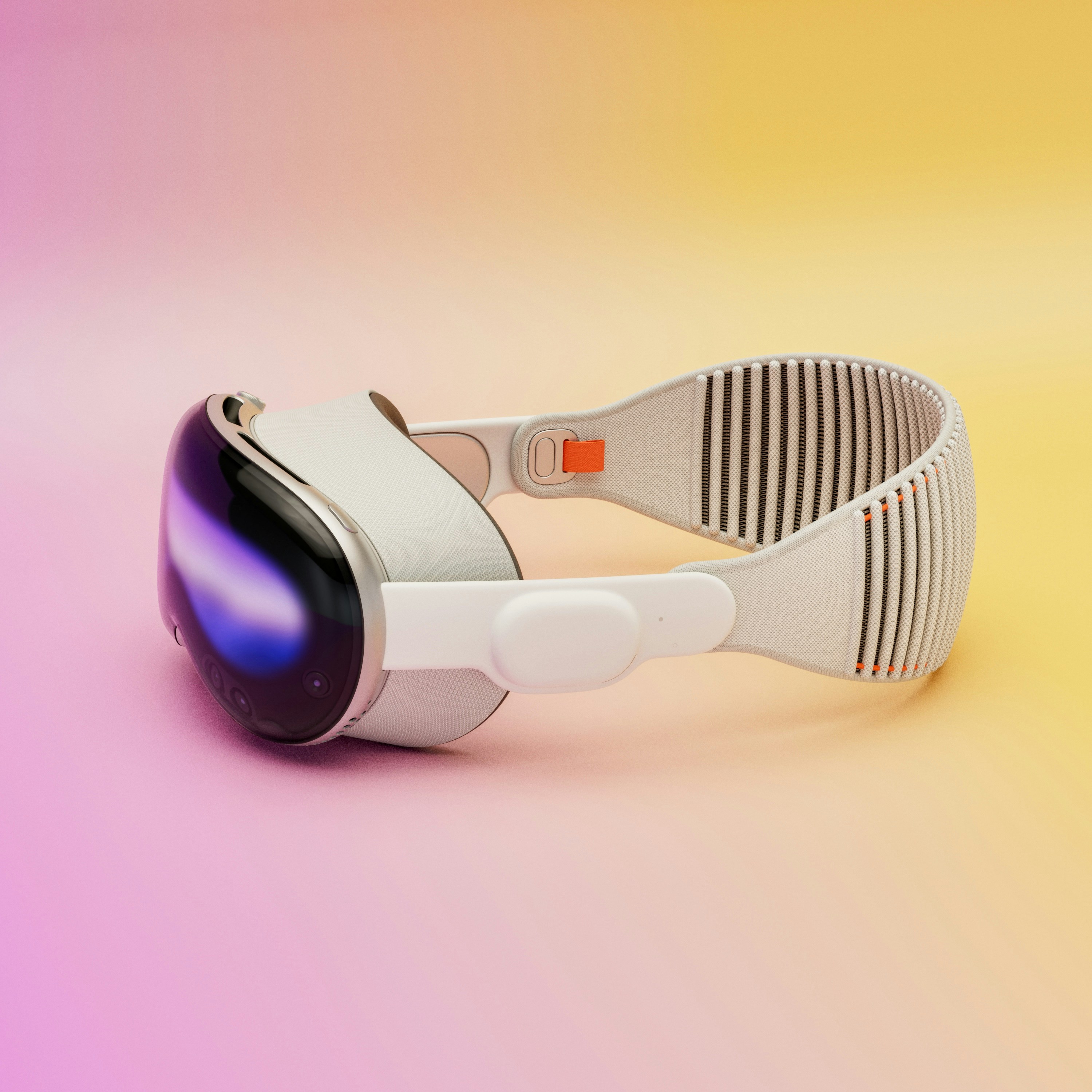Transforming Education with Virtual Reality
In the realm of education, technological advancements continue to push the boundaries of traditional learning methods. One such groundbreaking innovation is virtual reality (VR). By immersing students in interactive and engaging environments, VR is transforming the classroom experience and enhancing educational outcomes.
Immersive Learning Experiences
Virtual reality provides students with immersive experiences that go beyond the limitations of traditional classroom settings.
Experiential Learning: VR allows students to explore historical events, scientific phenomena, and complex concepts firsthand. For example, they can virtually visit ancient civilizations, witness the inner workings of the human body, or explore the vastness of space.
Interactive Simulations: Through VR, students can engage in interactive simulations that make learning more engaging and memorable. They can conduct virtual experiments, participate in simulated field trips, and practice real-world skills in a safe, controlled environment.
Enhancing Engagement and Retention
VR has the potential to significantly boost student engagement and retention by making learning more interactive and enjoyable.
Visual and Kinesthetic Learning: VR caters to visual and kinesthetic learners by providing dynamic, hands-on experiences. This multisensory approach helps students grasp complex concepts more easily and retain information longer.
Active Participation: By placing students at the center of the learning experience, VR encourages active participation and exploration. This increased engagement can lead to a deeper understanding of the subject matter.
Personalized and Inclusive Education
Virtual reality can also support personalized and inclusive education, ensuring that all students have access to meaningful learning experiences.
Customizable Learning Paths: VR can adapt to individual learning styles and paces, providing personalized content that meets each student's needs. This customization helps students learn at their own pace and reinforces their understanding of the material.
Accessibility: VR can make education more accessible to students with disabilities. For instance, VR environments can be designed to accommodate different sensory and motor needs, ensuring that all students can participate fully in the learning experience.
Professional Development for Educators
The integration of VR in the classroom also offers opportunities for educators to enhance their teaching practices and professional development.
Training and Collaboration: Teachers can use VR to engage in immersive training sessions and collaborate with colleagues in virtual environments. This allows for the sharing of best practices and the development of innovative teaching strategies.
Resource Exploration: Educators can explore virtual educational resources and lesson plans, gaining inspiration and ideas for incorporating VR into their curricula.
Addressing Challenges and Considerations
While the benefits of VR in education are substantial, there are challenges and considerations that need to be addressed to ensure successful implementation.
Cost and Accessibility: The cost of VR equipment and the need for reliable internet connectivity can be barriers to widespread adoption. Schools must consider these factors and seek ways to make VR accessible to all students.
Teacher Training: Effective integration of VR requires educators to be trained in using the technology and designing VR-based lessons. Ongoing professional development is essential to help teachers maximize the potential of VR.
Conclusion: The Future of Learning
Virtual reality is poised to revolutionize education by providing immersive, engaging, and personalized learning experiences. As technology continues to advance, the potential for VR in the classroom will only grow, offering new opportunities for enhancing educational outcomes.
By addressing challenges and ensuring equitable access, schools can harness the power of VR to create dynamic and inclusive learning environments. Embracing VR in education will not only enrich the classroom experience but also prepare students for the future by fostering creativity, critical thinking, and a love for learning.
Virtual Reality in the Classroom
Dive into the use of VR in education and its transformative potential.
Leslie Alexander





